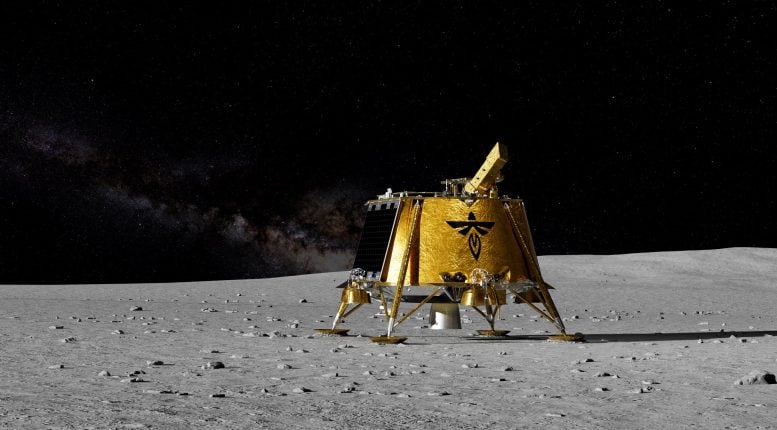
In recent years, scientists and engineers have turned their eyes toward the distant moons of our solar system, places like Europa, Titan, and Enceladus.
These alien worlds, despite being so far away, hold some of the best chances for discovering life beyond Earth. But with harsh conditions and environments that would be deadly for humans, robots are taking the lead in exploring these mysterious places.
One of the most exciting prospects lies with Europa, one of Jupiter’s moons. Europa is covered in ice, but beneath that frozen crust, scientists believe there is a massive ocean of liquid water.
Water is one of the key ingredients for life, so this makes Europa a prime candidate for exploration. NASA is already working on a mission called Europa Clipper, set to launch soon, which will orbit Jupiter and fly close to Europa to study its surface, ice thickness, and possible water plumes.
While this mission will not land on the moon, the information it collects will help scientists design future robots that can dig through the ice or dive into the ocean below.
Another fascinating moon is Saturn’s Titan. Titan is unique because it has rivers, lakes, and seas, not of water but of liquid methane and ethane. It also has a thick atmosphere, which is rare for moons. NASA’s Dragonfly mission, a helicopter-like drone, is scheduled to visit Titan in the 2030s.
This robotic explorer will fly over Titan’s surface, hopping from one spot to another, and analyze the chemical makeup of its landscape. Titan’s strange chemistry could give clues about how life might arise in conditions very different from Earth.
Enceladus, another of Saturn’s moons, is also attracting attention. Like Europa, it has a hidden ocean beneath its icy crust. Scientists know this because Enceladus shoots geysers of water vapor and other materials into space through cracks in its surface.
Some of these plumes contain organic molecules, the building blocks of life. A future robotic mission to Enceladus could collect samples directly from these geysers, avoiding the need to drill into the ice.
The technology to explore these moons is advancing rapidly. Modern robots are equipped with artificial intelligence (AI) to make decisions on their own, as communication delays with Earth can take minutes or even hours.
For example, a robot on Europa might need to navigate cracks in the ice or avoid hazards without waiting for instructions from Earth. These machines are also being designed to withstand extreme temperatures, radiation, and the pressures of alien oceans.
Looking further into the future, scientists dream of even more ambitious missions. Some ideas include sending submarines into the oceans of Europa or Enceladus to search for signs of life or deploying robots that can survive for years, traveling across vast distances on the icy surfaces.
There is also interest in exploring moons beyond our solar system, though that remains a challenge for the distant future.
What makes this kind of exploration so exciting is its potential to answer one of humanity’s biggest questions: Are we alone in the universe? While we have not found life yet, every robotic mission brings us closer to uncovering the secrets of these distant worlds.
With each new discovery, we learn more about the possibilities of life in extreme environments and expand our understanding of what the universe has to offer.
The future of robotic exploration is bright, and while it may take decades to see results, the journey to these distant moons is a testament to human curiosity and ingenuity. Who knows what surprises await us out there?
Copyright © 2025 Knowridge Science Report. All rights reserved.









Leave a Comment